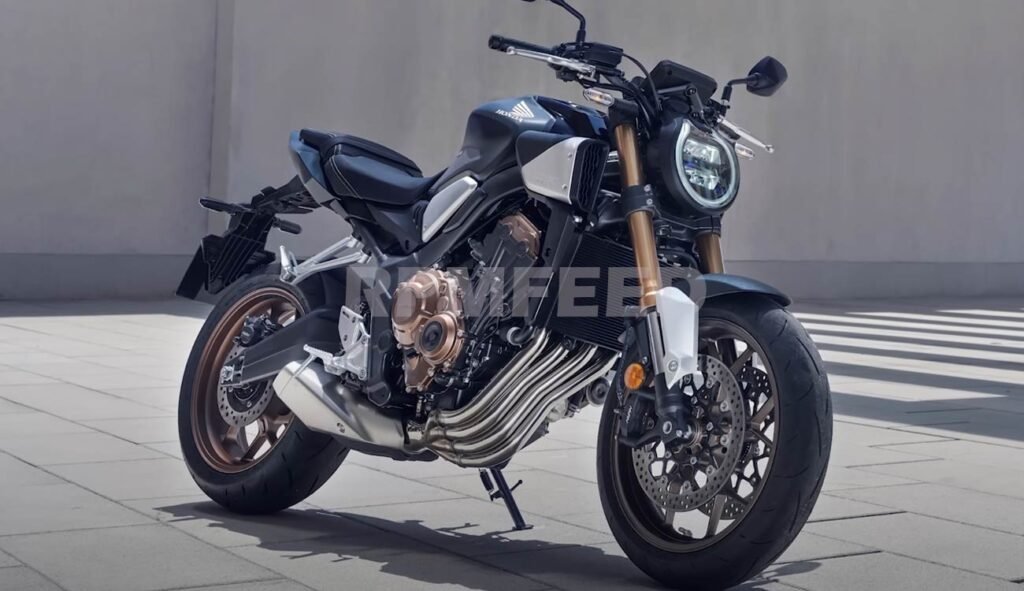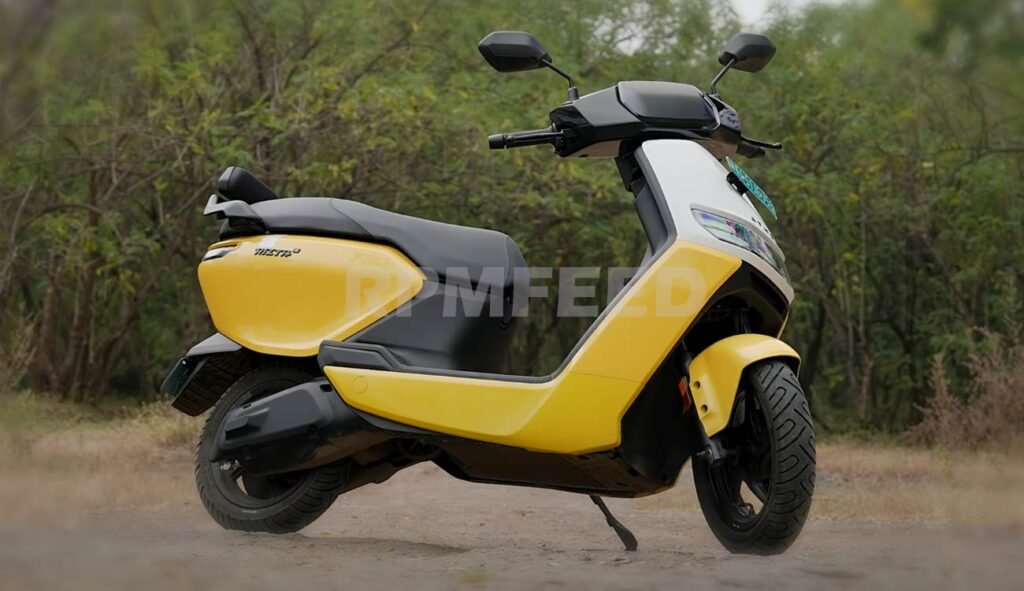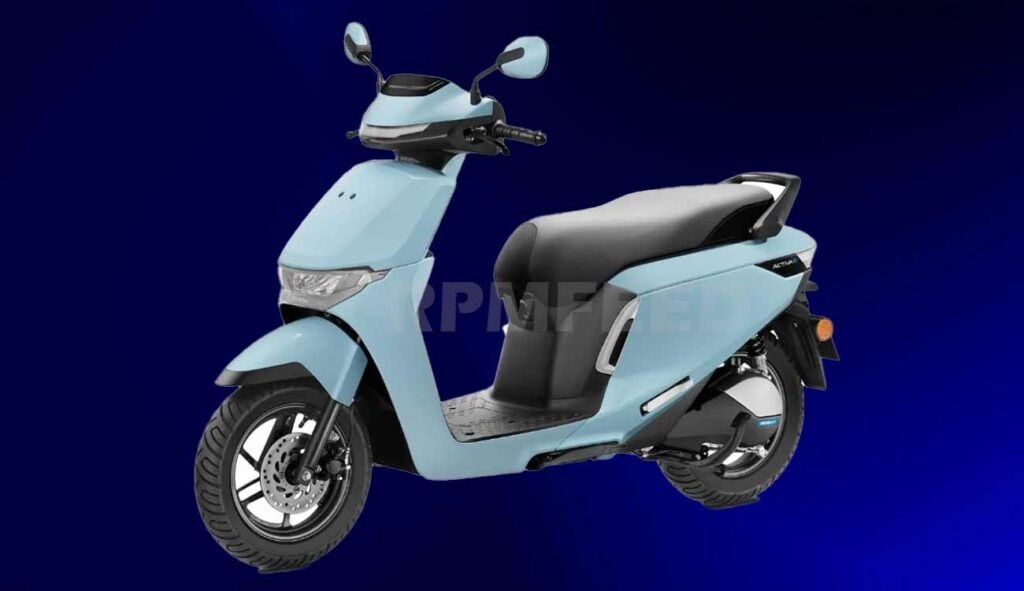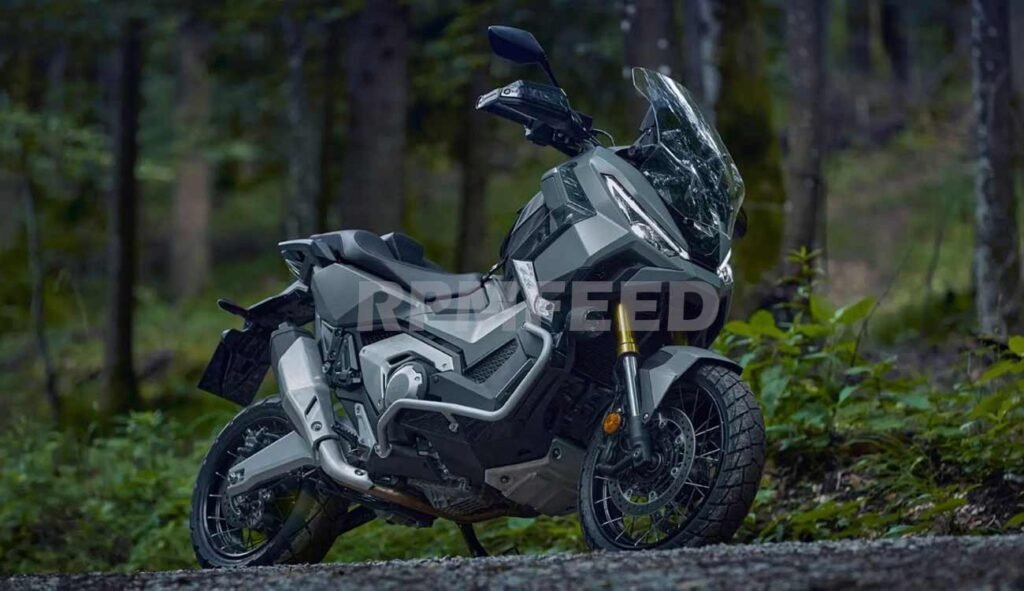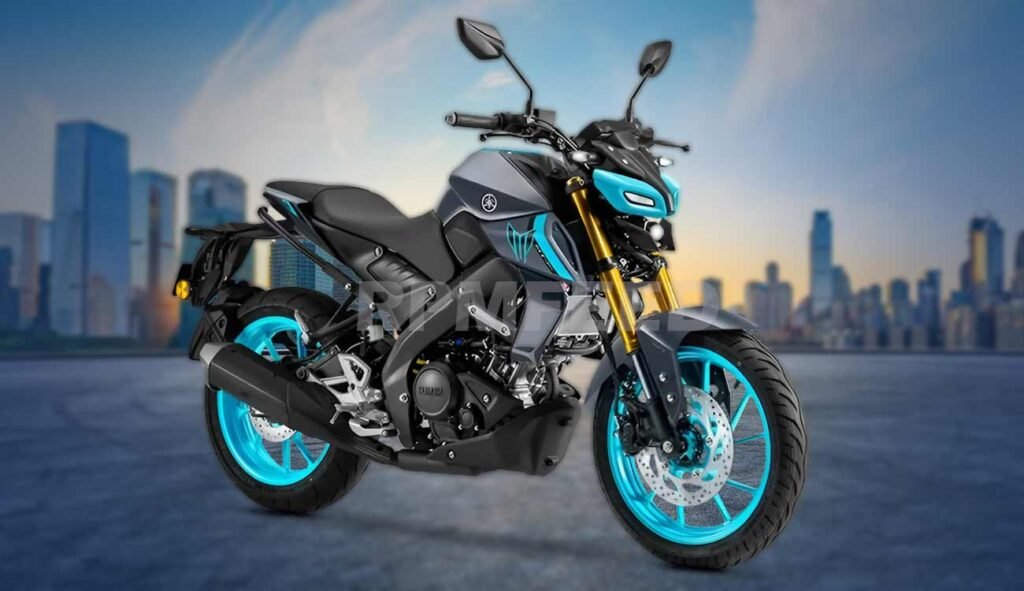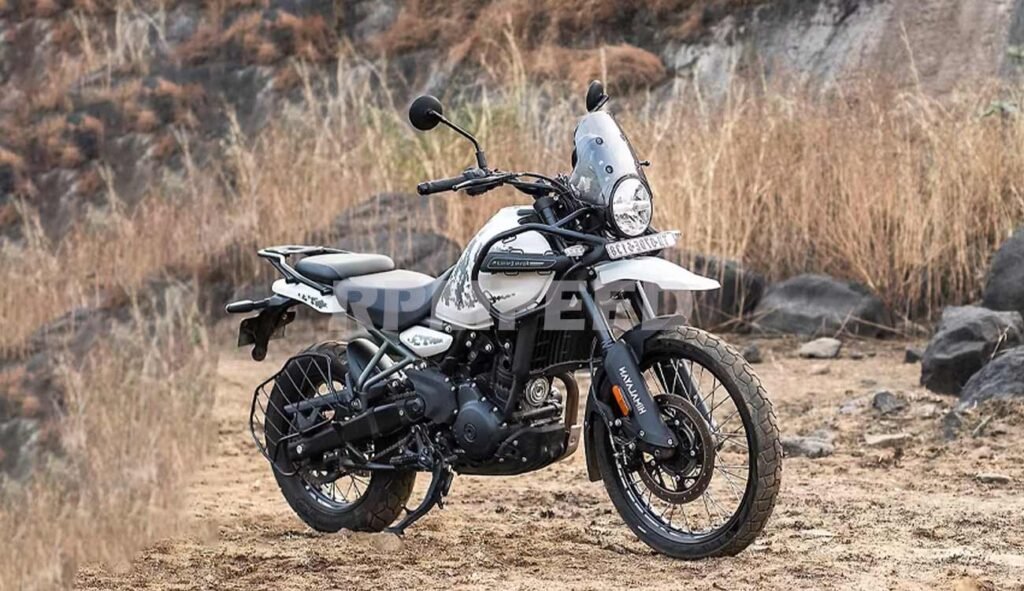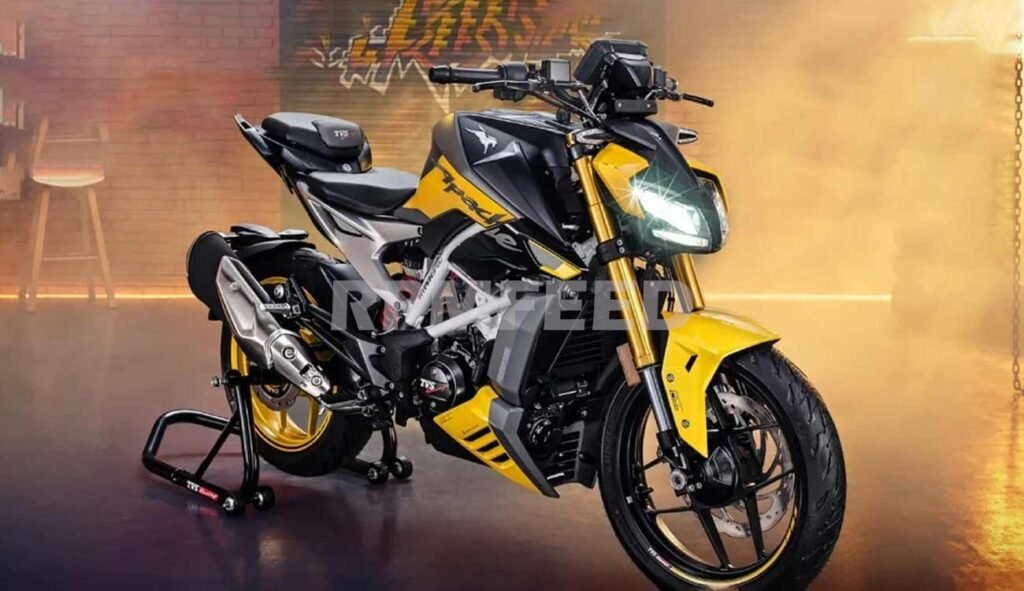Honda Motorcycle and Scooter India (HMSI) is redefining its entry into the electric two-wheeler market by focusing exclusively on scooters, a strategic move shaped by consumer behavior in India. While competitors are expanding their portfolios to include both electric motorcycles and scooters, HMSI believes that the electric scooter segment is the most promising and impactful at this stage.
Yogesh Mathur, HMSI’s Director for Sales and Marketing, explains, “Electric motorcycles do not really make any sense because motorcycle users are a completely different set of consumers. The EV market, 99.99% of it, is scooter-dominated. That makes sense for us to focus only on scooters in the electric space.”
Why Focus Only on Electric Scooters?
For HMSI, ICE motorcycles like the Shine and Unicorn have historically driven volumes across both urban and rural areas. However, their electrification strategy prioritizes scooters due to their market dominance and practicality, making them a natural fit for existing and emerging consumer needs.
A Deliberate and Cautious Approach
HMSI has taken a measured approach to entering India’s electric vehicle space, focusing on long-term sustainability. Unlike other traditional ICE players aggressively expanding their EV portfolios, Honda is prioritizing quality over quantity. By closely monitoring customer experiences with electric vehicles, they aim to craft an impactful and long-lasting EV strategy.
This thoughtful expansion is reflected in their initial rollout of two electric scooter models:
- Activa E: A variant of their iconic scooter, which features swappable battery technology to mitigate battery degradation and maintain vehicle value over time.
- QC1: Designed for urban use, this compact and lightweight model is tailored for daily commutes of 20-30 kilometers, appealing especially to women and city-based consumers.
Mathur elaborates, “The biggest challenge in EVs is the deterioration of the battery after three to five years. Activa E addresses this through a swappable battery model where the battery is not owned by the consumer. This ensures the vehicle retains its asset value even after 10 to 15 years, just like ICE vehicles.”
Slow But Strategic Expansion Across India
Since launching its EV business, HMSI’s footprint covers 21 cities, with plans to extend its reach to over 100 cities in the next year. Their goal is to capture 50% of the addressable EV market while ensuring that their network is prepared for this growth.
HMSI is incrementally training its dealer network, which already exceeds 2,500 outlets, to prepare them with the tools, knowledge, and infrastructure necessary for a seamless EV sales process. “The idea is to go slow but go strong,” Mathur notes, emphasizing the importance of solid foundational systems as their priority.
Scaling Production for India and Beyond
Honda has committed to producing 220,000 electric two-wheelers annually in the short term, with three more models in the pipeline specifically designed for the Indian market. Globally, executives have outlined the strategy to launch at least one new EV model every year.
A dedicated EV manufacturing plant in Karnataka, slated to be operational by 2028, will anchor the company’s larger production aims in India. By FY30, Honda’s ambitious roadmap includes scaling production to 7.7 million units annually.
A Sustainability-Driven Future
Honda’s electrification vision extends beyond two-wheelers, aligning with broader sustainability goals:
- Achieve carbon neutrality across all products by 2040.
- Transition to 100% carbon-neutral operations by 2050.
Additionally, HMSI is exploring E85 flex-fuel technology to complement its electrification efforts. Having already introduced the CB300F as an E85-compatible model, Honda exemplifies its commitment to reducing emissions across its portfolio.
“In India, E85 makes more sense than E100 due to climatic and operational conditions,” Mathur explains, highlighting the adaptability of their low-emission strategies.
Honda’s Vision for India’s EV Landscape
Honda’s strategic approach to the EV market highlights thoughtful planning, consumer insights, and a focus on sustainable solutions. By concentrating on electric scooters, Honda is not only addressing current market demands but also laying the groundwork for a future-driven by clean mobility.


